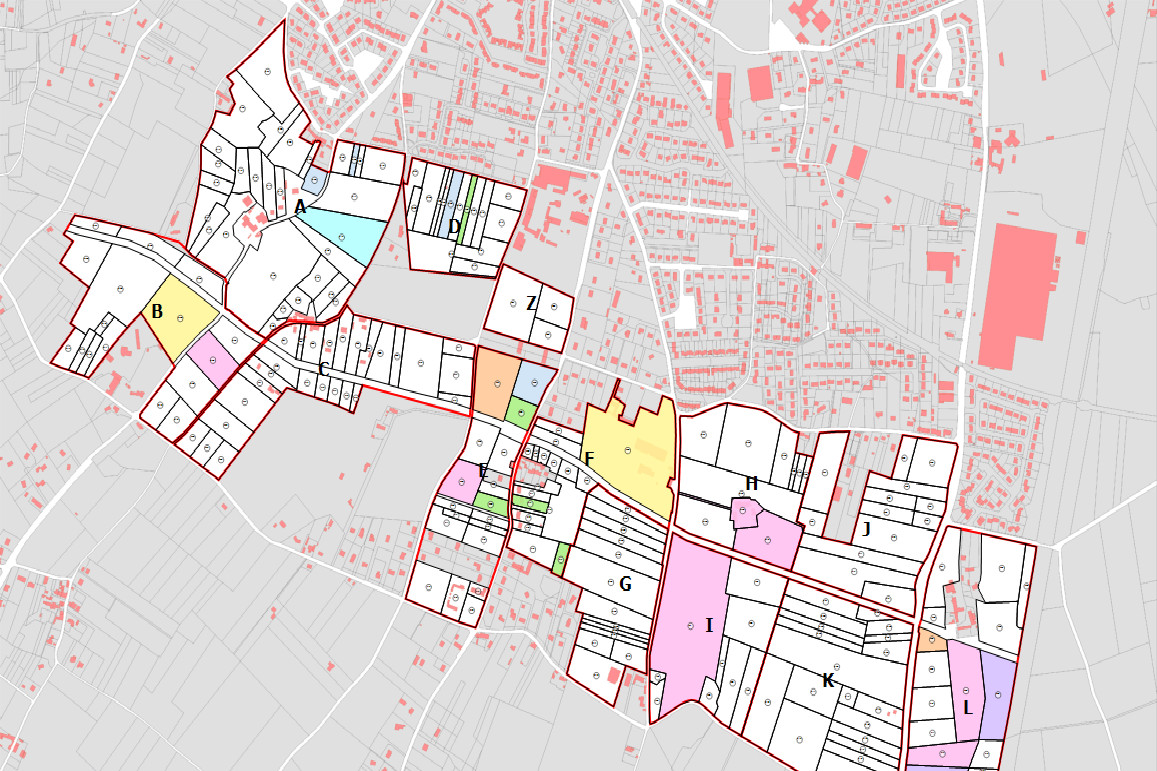This case study is taken from a real eco-district having the mission to stop the expansion of an agglomeration by attaching the beginnings of sprawl to the town and insuring the cohabitation of agriculture and urbanisation. It is also a question of carrying out of the development of an industrial activity which includes a technological risk, classified “Seveso”, for the surrounding districts.
The objective is to create a coherent eco-district while confronted by centrifugal trends of the land market so as to insure a social yet functional mix by integrating economic activities in the new urbanisation. The focus will be on indicators of sustainable development: carbon footprint of housing, activities and facilities, integration of nature into the town, reconstitution of a natural eco-system, local agriculture.
The roles include, in addition to the local authority and the housing association (also a developer/contractor), a small local promoter, a regional promoter, a private national group, an industrialist and a farmer. The actors can vary their actions in the real estate sector as well as economic activities. They can also choose to invest their resources elsewhere if the city hall’s projects do not meet with their approval.
